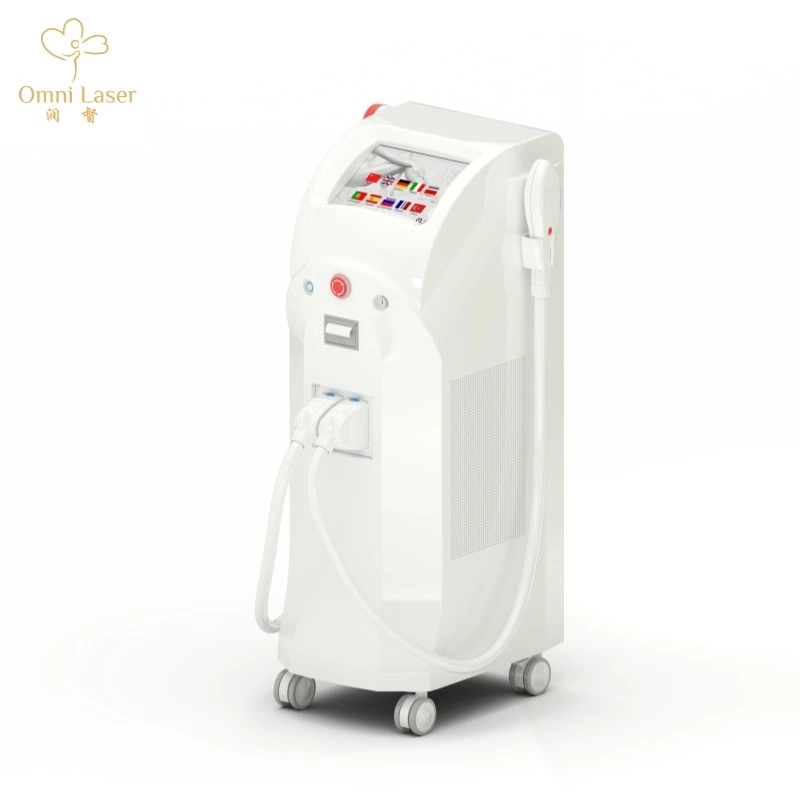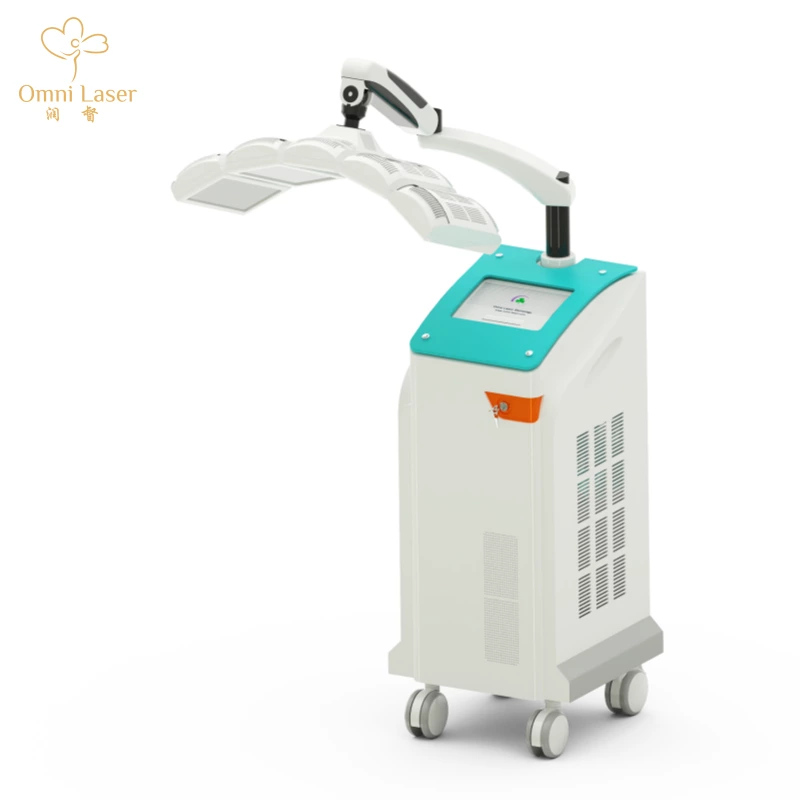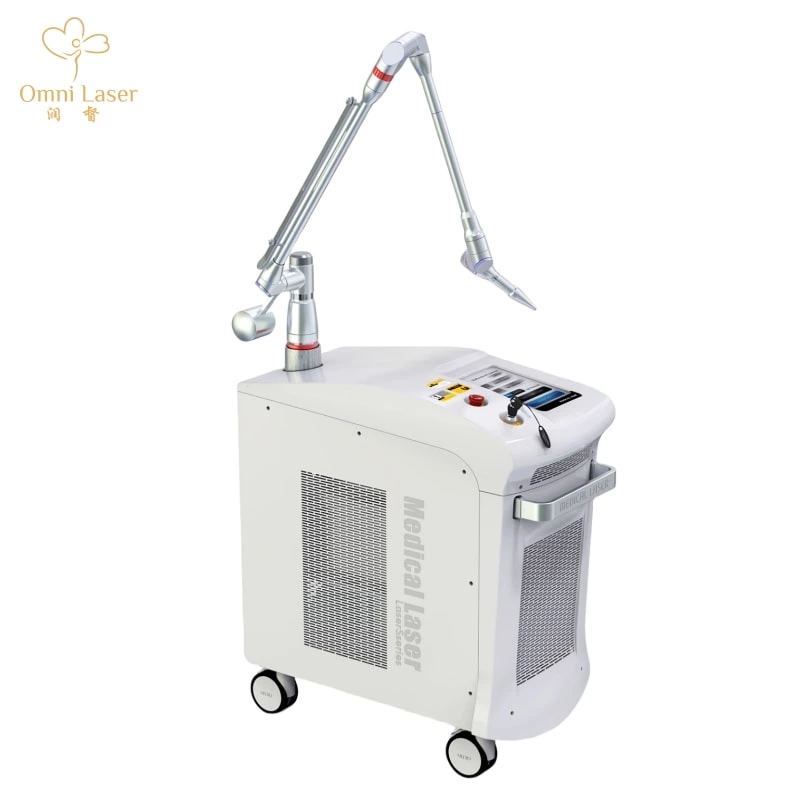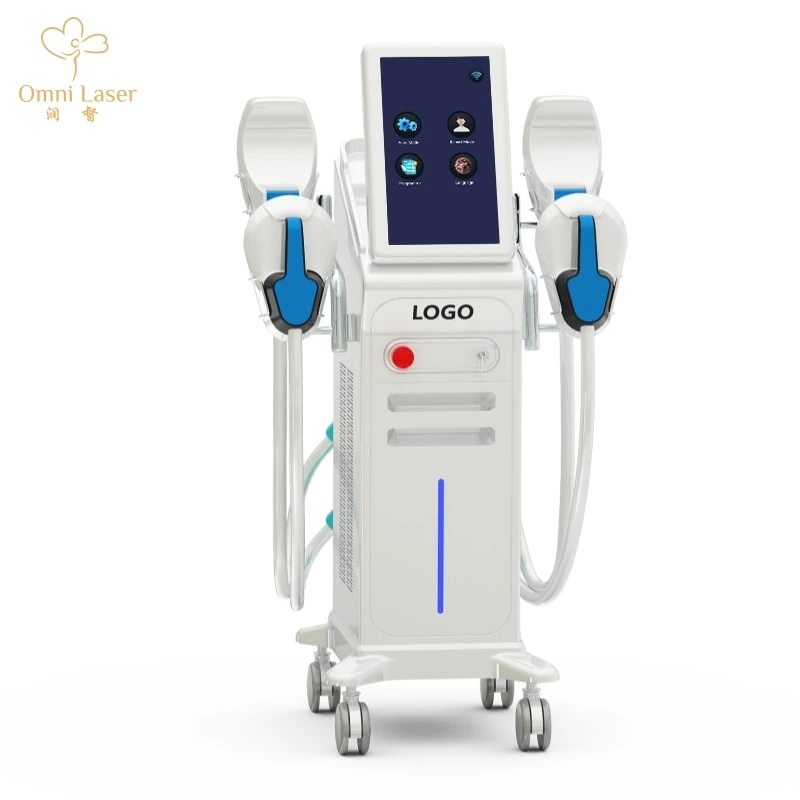Photo Dynamic Therapy (PDT) Introduction and Usage
Photo Dynamic Therapy (PDT) is a two-stage treatment that combines light energy with a photosensitiser drug to treat skin conditions as well as precancerous cells.
Here’s what you need to know about Photo Dynamic Therapy.
What is Photo Dynamic Therapy (PDT)?
Photo Dynamic Therapy is a treatment that uses drugs called photosensitising agents in conjunction with LED light to treat particular skin conditions.
During a PDT treatment, the drug is either injected or applied to the skin. Once it is absorbed by the affected cells, light from certain kinds of lasers or light-emitting diodes (LED) is applied. The kind of light used depends on the skin condition and where it is located on the body.
The light causes the drug to react and form a special kind of oxygen molecule that kills the cells.
The time between when the drug is administered and when the light is applied can be anywhere from a couple of hours to several hours, depending on the drug, and the condition it’s treating.
What Conditions are Treated with PDT?
A number of skin conditions can be treated with PDT, most commonly:
Skin cancer: Certain types of cancer cells like superficial basal cell carcinomas (BCC) and non-invasive, superficial squamous cell carcinomas (SCC) absorb the light sensitive drug and then light is applied.
Acne: PDT tends to be more effective for inflammatory rather than non-inflammatory acne.
Solar keratosis: Dry, scaly patches of skin caused by sun exposure, known as solar keratosis, can also be treated by PDT before they develop into cancer.
Normally patients require one or two sessions of Photo Dynamic Therapy, one week to three months apart, depending on what condition is being treated.

What Can You Expect During PDT Treatment?
Photo Dynamic Therapy must be performed by a skin doctor, due to the pharmaceutical nature of the drug applied.
First, the skin will be cleansed and treated with microdermabrasion or a scrub. Then the photosensitising agent is applied to the skin. The length of time before the light is applied can vary from 15 minutes to several hours.
Then, a light is targeted on the skin for about 12 minutes.
It’s not uncommon to experience a stinging or burning sensation, but it will pass.
What Should You Be Aware of After a PDT Treatment?
After a PDT treatment, the skin is normally very sensitive, with patients advised to stay out of sunlight for 48-72 hours.
The photosensitising drug remains active in the skin for this time and any form of light will reactivate the cream, resulting in a more severe reaction without any additional benefit. Therefore, you must stay covered up and out of the sun during this period. In most cases SPF50+ can be applied within 24 hours of treatment.
Most people remain red for about a week. You must moisturise often during this time and avoid any skincare not prescribed.
Why Should You Choose PDT?
Photo Dynamic Therapy is a very effective treatment for severe sun damage, pre-cancerous lesions, acne and certain types of skin cancer.
Compared to other options, PDT has the least amount of scarring in most cases. Recovery time is quicker and led light quantity is far more than other modalities and the cosmetic result is often superior to any other option.





